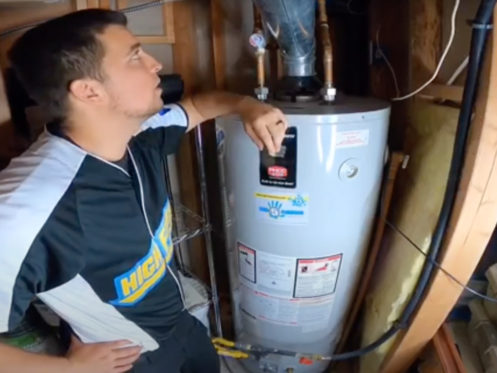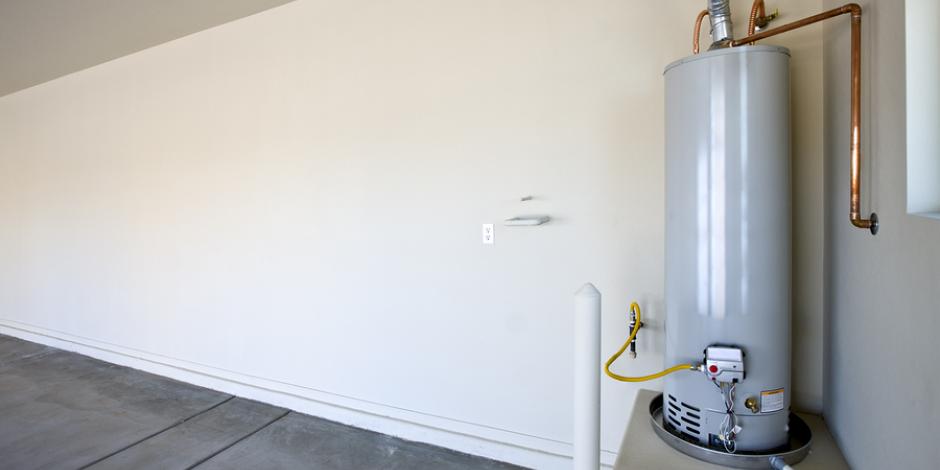Maintaining Your Home's Hot Water System: Important Guidelines
Maintaining Your Home's Hot Water System: Important Guidelines
Blog Article
Just how do you feel in relation to How to Maintain a Hot Water Heater in a Few Simple Steps?

Hot water is necessary for day-to-day convenience, whether it's for a revitalizing shower or cleaning meals. To guarantee your warm water system runs effectively and lasts much longer, routine upkeep is crucial. This post supplies functional ideas and understandings on exactly how to preserve your home's hot water system to prevent interruptions and costly repairs.
Intro
Keeping your home's warm water system may seem difficult, but with a few basic actions, you can guarantee it runs efficiently for several years ahead. This overview covers every little thing from understanding your hot water system to DIY maintenance tips and knowing when to hire expert assistance.
Significance of Preserving Your Hot Water System
Regular maintenance not only extends the lifespan of your hot water system but also guarantees it runs successfully. Disregarding upkeep can cause reduced effectiveness, higher energy costs, and also premature failure of the system.
Indicators Your Hot Water System Needs Upkeep
Understanding when your hot water system requires interest can avoid significant concerns. Watch out for signs such as irregular water temperature, strange sounds from the heater, or corroded water.
Purging the Water Heater
Purging your water heater removes debris buildup, boosting effectiveness and extending its life.
Checking and Changing Anode Rods
Anode rods prevent rust inside the tank. Evaluating and replacing them when broken is essential.
Facility Problems Requiring Expert Help
Instances include significant leaks, electric problems, or if your water heater is consistently underperforming.
Regular Professional Upkeep Perks
Specialist maintenance can consist of extensive examinations, tune-ups, and ensuring compliance with security requirements.
Checking and Readjusting Temperature Level Setups
Adjusting the temperature setups ensures optimal performance and safety and security.
Do It Yourself Tips for Maintenance
You can carry out a number of upkeep jobs on your own to maintain your warm water system in top problem.
Looking for Leaks
On a regular basis inspect pipes and links for leaks, as these can lead to water damage and higher bills.
Comprehending Your Hot Water System
Prior to diving right into upkeep tasks, it's handy to understand the fundamental elements of your warm water system. Commonly, this consists of the hot water heater itself, pipes, anode rods, and temperature controls.
Monthly Upkeep Tasks
Regular regular monthly checks can assist capture small problems before they escalate.
Checking Stress Alleviation Valves
Examining the pressure relief valve ensures it works appropriately and protects against excessive pressure accumulation.
Protecting Pipelines
Shielding warm water pipelines reduces heat loss and can save energy.
When to Call an Expert
While do it yourself upkeep is beneficial, some concerns call for professional knowledge.
Final thought
Routine upkeep of your home's warm water system is necessary for performance, long life, and price financial savings. By adhering to these pointers and recognizing when to look for specialist aid, you can make sure a trusted supply of warm water without unanticipated interruptions.
Water Heater Maintenance Tips
Test the TPR Valve
Shut off the power and the cold-water supply valve. Place a bucket under the pipe connected to the temperature-pressure-release (TPR) valve on the top or side of the tank. (This valve opens if the tank pressure gets too high.) Lift the valve’s tab to let some water out, then let go. If water keeps flowing, drain the tank partway, unscrew the old valve with a pipe wrench, and install a new one. Check the Anode Rod
Put a hose to the tank’s drain cock and let out a few gallons of water. Now fit a 1 1/16-inch socket onto the rod’s hex head on top of the heater (or under its top plate) and unscrew the rod. If it’s less than ½ inch thick or coated with calcium, buy a new one, wrap its threads with Teflon tape, put it back in the tank, and tighten securely. Use this segmented rod if headroom above the tank is limited. Drain the Tank and Wash Out Sediment
Drain the remaining water in the tank into the bucket, then stir up the sediment on the tank’s bottom by briefly opening the cold-water supply valve. Drain and repeat until clean water comes out of the hose. Close the drain cock, refill the tank, and turn its power back on. Adjust the Temperature
Find the temperature dial on the side of the tank and unscrew its cover. Adjust the dial to 120 degrees using a flathead screwdriver. For every 10 degrees the temperature is lowered, you can expect to save up to 5 percent in energy costs. Turn the water heater off or the thermostat down to its lowest setting if you plan to be away from home for more than three days. Insulate the Pipes
Buy some self-sticking 3/8-inch-thick foam pipe insulation that matches the pipes’ diameter. Slide the foam over the hot-and cold-water pipes as far as you can reach. Insulating the cold-water pipe prevents condensation in summer. Peel the tape and squeeze the insulation closed. If the pipe is 6 inches or less from the flue, cover it with 1-inch-thick unfaced fiberglass pipe wrap. https://www.thisoldhouse.com/plumbing/21016402/how-to-maintain-a-water-heater

As a person who reads about How to Maintain Your Water Heater & Prolong its Life, I figured sharing that section was important. Are you aware of someone else who is curious about the subject? Feel free to share it. Bless you for your time. Return soon.
Click Here Report this page